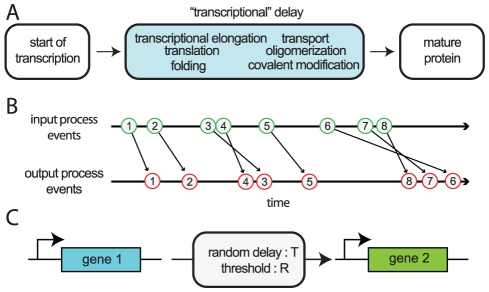Figure 1. The origin of delay in transcriptional regulation.
(A) Numerous reactions must occur between the time that transcription starts and when the resulting protein molecule is fully formed and mature. Though we call this phenomenon “transcriptional” delay, there are many reactions after transcription (such as translation) which contribute to the overall delay. (B) The creation of multiple proteins can be thought of as a queueing process. Nascent proteins enter the queue (an input event) and emerge fully matured (an output event) some time later depending on the distribution of delay times. Because the delay is random, it is possible that the order of proteins entering the queue is not preserved upon exit. (C) In a transcriptionally regulated signaling process the time it takes for changes in the expression of gene 1 to propagate to gene 2 depends on both the distribution of delay times,  , and the number of transcription factors needed to overcome the threshold of gene 2,
, and the number of transcription factors needed to overcome the threshold of gene 2,  .
.

